Affiliate Disclosure: We earn a commission if you purchase through one of our links at no additional cost to you.
No one likes your photos. It happens to all of us. We’re taking photos, doing our best, and it seems like we just don’t get any traction in building an audience.
In this episode, we’re going to share five reasons why no one likes your photos, so you can do something about it and build the audience that loves your photography.
No One Likes Your Photos for All the Wrong Reasons
The reason no one likes your photos isn’t always technical. In fact, it’s generally something creative or emotional. Either that, or you’ve over-used your technology by over-processing a photograph.
In this episode, we go over these 5 issues to help you correct the problem and appeal to your audience.
1: Your Photo Lacks an Appealing Subject
It’s bad if you don’t have a subject (in most cases), but having a subject isn’t enough. You need an appealing subject – something that matters to your audience. I’ve seen a lot of photos with boring subjects.
2: Your Photo Lacks Emotion
Your audience wants to feel something. That means your photo needs to make some kind of emotional connection. It doesn’t have to be grand. Subtle emotions are also powerful.
3: You Over-Processed Your Photo
Ease off the throttle when it comes time to post-process your work. People want an acceptable illusion in most cases, not a crunchy fantasy. Give them something that they can believe, even if it’s completely based upon changes or a fantasy.
4: The Lighting is Wrong for Your Subject
All photography is about lighting. The sooner you master how to light your subject, the better results you’ll have with your photos. Sometimes that means you break out your lighting gear. Other times it means capturing the scene at the correct time to get the right light. You can even modify that light in post-processing.
However you do it, make sure it looks flattering to your subject and believable to your audience.
5: You Can’t Be All Things to All People
Even the greatest artists in the world have their detractors. Don’t worry about the haters and the trolls. Build your audience based upon the kind of photos you like to create.
Develop YOUR Audience
Bear in mind that you shouldn’t chase after someone else’s audience. It’s important to be authentic to yourself, so the photos you create are something you enjoy doing over and over.
That doesn’t mean you can’t do more than one genre of photography, either. However, you want to keep an eye out to ensure that one genre doesn’t conflict with another – as we discuss in the episode.
Ultimately, people buy the artist – not the art. That means that people are attracted to your unique vision and style. No one else can be who you are. So the objective is to be the best you can be.
Pay attention to others if you want. Learn from their stye and technique. Then take the pieces you like and implement them in your own photographic work.
Calibrite ColorChecker Display Plus: My Favorite Color Calibration Tool
I’ve used the ColorMunki Photo as my color calibration tool for years. It’s now called the Calibrate ColorChecker Display Plus – a display, camera, scanner, and printer profiling solution.
By X-Rite, this is how you ensure that the color you see on your screen is correct, so your photos display correctly on prints and look right when you upload them to photo-sharing sites.
If you want accurate colors, this is the best solution for you. I’ve used ColorMunki (now Calibrate) for years and highly recommend it.
Having an accurate display is critical. The Calibrite ColorChecker Display Plus is a direct replacement for the X-Rite i1Display Pro Plus, and offers technology for better blacks on OLED displays or any display that can achieve close to zero black point.
HDR-supported displays are also no problem, as this unit is designed to minimize clipping in dark areas while allowing you to achieve excellent blacks. It's USB-C compatible with the included USB-C to USB-A adapter, so you'll be able to use it with the latest computers and devices.
About Luminar AI Elements
At the end of the podcast, I mentioned that I have a course for Luminar AI users. This short video lets you know more about what you can expect.
If you’d like to see more information and the course outlines, just click the link below to visit the course page.
Click Here to visit Luminar AI Elements Course Page.
Time Stamps
You know, as photographers, one of the things that we really want is for people to like our photographs. In other words, we want a little bit of respect. We want a little bit of admiration and it's because we put our heart and soul in these photographs today. I'm going to tell you why no one likes your photos. I'm William Beem welcome to I Like Your Picture.
The show that helps you improve your photography with visual storytelling. What is visual storytelling? It's the method of approaching your photography with a knowledge of who you're trying to serve with your photos and what emotion you want to make them feel. We encourage you to concentrate on your subject, light and background to create a photo. Your audience loves. I'm glad you found us.
Hi, my name is William Beem. My name is Lee Beem. And Lee Beem is always up to something when we start the show. This time she picked up one of my hats. She's starting to put it on her head. She didn't realize that there's a pin inside. Yeah. Now she's found it. So I'm glad it didn't stab you,
but I didn't want you to get hurt. It wasn't so much. I wasn't worried about the hat. I was worried about your head. Covered in dust. Hey, and today's episode, when we talk about why no one likes your photos, we're going to help you try to understand. We want to help you find out what's wrong with your photos and how to fix them.
We want you to understand what people want to see in your photos. And also kind of, as we mentioned on the previous episode, episode 249, accept that not everyone will love your photos. And I know I started off with why no one likes your photos. It sounds harsh. Doesn't it? I want to tell you, I am an expert.
I have tens of thousands of ugly photos in my hard drive that no one is ever going to like. I love that not everyone likes my photos. It very deliberately. I don't want them all to like it. Keep something in mind, not every time you click the shutter, is it going to be gold. Lee was talking about this not long ago.
She had two sets that she wanted to do for her still life photography. She took 40 photos, like about roughly 20 each. And she only got two photographs out of it, which is kind of what you intended. You wanted two photographs, but the first click wasn't really exactly right. You had to go back and change things. Yeah, that's exactly what it was.
It was a process. The funny thing is that almost never is the last photo the one that I ended up using. Now that is not to say that there were 19 unusable photos from each. Let's say there were a 20-20 split, which they probably weren't. There were not 19 that were unusable, but I wanted to pick one that I liked from each.
That was my goal. When I went into the shoot and also go in knowing that I'm going to work my way. I see the photos that I'm going to delete as part of the process, the elimination process. I see it as part of like the rough draft. So like, if you're busy doing something, you know, you want to redo your kitchen.
You want to sit there and you're gonna look at some plans. You're going to do some sketches. Are you going to look at some pictures? You got to get some samples and put them together, this part of a process. And that's really how I see the photos that has taken up. And so I go, okay, now I'm getting things the way I want them to look through the lens.
Cause things do not look through the lens the same way they do when you look at them. And basically, basically what she's saying is you need to work the scene. You need to look at the lighting. You need to look at your composition, the angles and colors and everything. And you kind of get a gut feel for what's right or what's wrong.
Lee is very big on saying, I feel my way through it. And all that really means is she's evaluating what she's got and then saying, does this look right? Or does this look wrong or should I change something? It basically means that's okay. That's okay. That's nice. That's nice. Nice. It isn't good enough for me. When I look at something and go,
that's what I want. And you don't know that necessarily. You've got a starting place in mind. You know what colors, you know, what shapes, you know, you know, all these little things do you want to start with, but that doesn't mean that because you thought about that in advance and trust me, you should be thinking about your compositions and near photograph in advance.
But that doesn't mean your first shot is your best shot. If it is congratulations, I've have never had that. I think it's happened to me and that for me, that's just been luck. And that's not to say that there aren't skilled people who can do it by looking at some and just getting it right the first time. I do believe that it happens.
Also think it's a very rare thing, but it's not impossible. And if it does happen, I don't expect it. And this is another thing we spoken about is I don't import all of my photos into Lightroom, which is the only editing tool that I use at the end of the shoot. And one of the reasons is because I know that I'm kind of progressing in the direction I want to go.
I get to a point where this is coming together nicely. I kind of make a mental note. More or less where I am and the series of shots. So when I put that little SD card or whatever format, you know, storage device, you're using from your camera. When that kind of connects up and starts uploading into Lightroom. I already know that I'm disregarding anything up to more or less around that point.
And then I'm going to start looking. All right, I'm going to tell you one thing before we go on, I don't ever want my first shot to be my best shot. And here's the reason why, if I take that first shot, and then I start making adjustments, doing things to try and make it better. And it turns out that all I'm doing is making it worse.
I feel horrible. I've done that. We're going to give you five reasons why no one likes your photos. Number one, and this is not in any particular order, but this is the first one that I came up with. Your photo lacks and appealing subject. Yeah. Lack of subject. I've seen some photos that are compositionally perfect by the book,
the sharpness, the lighting, the color, like everything looks right. And how many times they'll look at something and gone, it's pretty, where's the subject? This would be a great backdrop for something, but there's no subject. It's technically correct, but it's not interesting because there's no appealing subject. And when I say appealing, there may be a subject,
but no one cares about it. I've seen this happen where people say, Oh, I want to get a good shot of this tree stump. And this is one that maybe a subject that's appealing to some people, but it's not appealing to me. If you ever seen these long exposures over water of, I call them sticks in water. Basically there used to be a dock
there, or like a wharf or something that you see those over the New York Harbor skyline with a skyline in the background, or you see these little stumps out there. In our town here. There's also a place where that used to be a historical dock, you know, for the steamships years ago. Now there's no dock. There's just sticks in water. I don't care about sticks in water.
There is nothing emotionally appealing to me. It's just sticks in water. That's me. Someone else looks at that and think, Oh wow, isn't that lovely. It comes back to what we spoke about in our last episode, it depends on your audience. There is a market for something, or you don't want to hit anyone over the head. You kind of want stuff to add color.
You wanted to enhance a place or an area, or you want to display something. And you specifically do not really want too much emotion. Maybe you just want some calm or maybe you want a little bit of indifference. So there is a market for that. But I'm going to bet that most people listening to this podcast are not after that. Well,
we're going to get to that in a bit. When one of the things I want to bring up is that you can't be all things to all people, but you're right. There is a market to that. I have seen people take a photograph and make it a mural on a wall, in an office building. And they want something calm or they want something abstract.
I knew someone had sold photos to was a corporate art buyer. And she told me specifically, she wanted things that were abstract because she needed something to take up space, but not demand attention and a photo lacking an appealing subject. You know, something abstract kind of does that. So there may be an audience for it. But for most people, if you ha,
if you lack an appealing subject, you just missed the mark. And I see this all the time on Instagram or Facebook or other places where people share photos. I look out there and they've, they've taken basically a travel photo of the type. And I think, what are you, what's the deal here? What am I supposed to look at? If I don't know what I'm supposed to look at,
I'm not going to look at it. I'm just going to move away. Yup. No subject or your subjects out of focus or something else. Yeah. Basically it's got to appeal to your audience. It's gotta be something that interests them. Number two, your photo lacks emotion. Yeah. That's a big one because that's the, that really is the essence of what connects somebody.
And that also is a reminder that the person who relates to your photo and where it has an impact on them. That's not everybody. No, it's not. And also what the emotion is, you know, this is going to vary depending on how you are as a photographer and with the audience that you build. Some people attract an audience that I think is not interested in their photography,
but rather in their subject. And this is something that you need to think about is, is that what you want to do? So for example, I know some concert photographers who do wonderful photography. Maybe it's only people who are fans of the band that they shot that are interested in those photos, but they may not be interested in other photos that are the photographer's done.
I can give you a good example of the, the difference between the two. My coffee photos are very much geared towards maybe slightly artsy, styled people, but people who love coffee, not only love coffee, but even kind of narrowing it down, finding people who are into a morning or some kind of routine with their coffee, that coffee is their time and their place and what it means to them.
My food photos. I want that more to appeal to people, not because of what the food is, but I'm kind of working more in line with, this is my style of my food photography. So we're looking for people who like the style and I'm looking for people who like food photography. That is a lot broader. I'm not trying to push away people who don't eat blueberry muffins,
her, or who don't eat roasted tofu. It's more about do they like the photo? Cause I like photos of stuff that I don't like. And that's my appreciation of the, I'd say the photographer rather than the photography. If, unless it's, I suppose I'm kind of nitpicking here, but that's the way I see it. Whereas most of the time,
the things that get my attention to something that I either love or hate. Again, this is going back to your audience. What I'm going to bring up at the end is that, you know, you can't be all things to all people. For the concert photographers. I know a couple of them that I follow and I love their composition. I love their use of light.
I really appreciate the work that they do. On the other end of the spectrum. I think about glamour photography. And I know a lot of photographers really just want to get a pretty girl, go out and take pictures. I started off taking a few photos of models like that and I, I never got into anything, very adult. Let's call it that.
And I realized I don't want to because the people who are attracted to those photos for the most part are looking at the girls. They're not looking at the photography. You know, I have a wife, I have a daughter. I don't want to be taking photos like that and showing this off as my work. It's my, my choice. It's not to say that there's anything wrong with the people who do that,
but I'm looking at if I want someone to appreciate me for what my photography is. I want it to be about my photography. Not necessarily because I found a model that has a particular figure or, you know, look about her that's going to attract people who just want to see her. That's kind of my choice. The, yeah, there's an emotional appeal to some of these people who are looking for glamour photos,
but their emotion is not the one that I'm trying to trigger. And I think that comes back to what you want from your audience. Are you looking eventually for your audience to buy things? Are you looking to kind of get into that line of work, right? Whether it's kind of voluntary part-time or full-time you kind of get forced to play a little bit of a chess game with that.
And I think the supply is specifically when you go down more, I don't want to say extreme area, but like, if you go into something very specific, like you go into black and whites. That is very specific. If you go into abstract stuff, this is also very specific. There is no right or wrong, but I think where it becomes right or wrong for you is failing to see what opportunities and also watch disadvantages that might lead to down the road.
Because sometimes some things that you do can almost permanently close the doors on certain other things for you. If you change your mind at a later time, That's quite a possibility. I mean, you can shoot more than one genre of photography or more than one type of subject. I mean, I look at someone like moose Peterson, you know, I knew him as a wildlife photographer, as a landscape photographer.
And then he went into aerial photography, you know, taking photos of airplanes, particularly Warbirds. All of them separate, you know, warbirds and critters aren't necessarily gonna go hand in hand with each other, but he's built up an audience for each of these styles of photography. He works out and none of them are really conflicting with the other one. He keeps them very separate though.
And I think that's something else to keep in mind. You've got to keep them separate. But I mean, if you were doing some kind of nude photos and you're, let's just throw out an example, I'd say that you're a model and you're getting into modeling and you want to do nudes because look is a part of it's. It's very much in art. You can look back.
I mean, I, I come from an art background. There is beauty in this. It's the curves and the lines and things. So there is nothing wrong with it. It's almost worse sometimes when you put your clothes on or where you, when you start doing the pinup style type things, and I say worst, not because of the person or the model of the photo,
but you gotta think down the road. You know, if you eventually, you wanted to model those things. And later on, you wanted to like mom and baby shots. You're going to have some problems because I think the problem we have now, it's not like print where people keep things, maybe stash them away. Things online, never go away.
Even when you delete them, they never ever go away. And I think that's something to keep in mind. It is because let's say, Hey, I've had some photographs of models that I took that were not nudes. They were not even scantily clad, but you know, there was a bit of attitude with them. And then I got an email from one of the models.
And could you please take those pictures down? I'm a school teacher now and I'm married and I don't want them on the internet. I thought, well, you signed a model release. You got paid for doing this work. And I understand maybe you've changed. You want to rewrite your history, but it's like, why is that now my problem?
So there's, there's something to keep in mind with what you do, but to get back to the topic, if your photo lacks emotion, you're not going to build an audience. And if you're going to go for emotion, make sure that the, that you develop is interested in what you want them to feel, whether that's going to be glamour or nude photography,
or if it's going to be pictures of a cup of coffee or beer or wine or, or anything else that you have to do, just think about what comes after that. Develop those kinds of emotions out of your photos. All right. Number three, you over-processed your photo. Big one. Underdo it rather than overdo. It I've been there. In fact,
when was it? It was about a week or two, maybe three weeks ago. It was around Christmas time. I just recently got a new laptop. I have not checked the color calibration. I've been really just editing photos on my phone because I've been taking a lot of photos with my phone. But December time I actually broke out my camera because I really love my DSLR. I plugged in the SD card, processed
the ones that wanted to do in Lightroom. Now I've got Lightroom Mobile as well, because I've got the little what's that Adobe creative cloud membership thing. On my previous computer, just because it was really old. It never synced between the phone and the computer. All of a sudden. Now with this new one, I was able to see the things on my phone.
They looked great on the screen. When I looked at them on the iPhone, that saturation and I never touch his saturation slider, absolutely horrendous. And I looked and thought, Oh my goodness. So I had to adapt. And I thought until I get on lazy enough to get the screen calibrated on that computer for Lightroom, I'm going to let them upload and do them on the phone.
But the point is that they were off putting. I would never have posted something like that. And plainly put, if they were unfixable, if I wasn't able to go back and sort them out, I would never have posted them. And it's not just, over-saturation that's a problem. Sometimes you've got too much contrast, things look crunchy. And also that contrast,
if it's applied globally, then you almost can't find your subject. Yeah. So that goes back to the first one, your photo lacks, an appealing subject. Maybe you took it with an appealing subject and then you over-processed your photograph and kind of destroyed the attention to that subject. Three things, three sliders, to be aware of. And I'm talking to Lightroom because clearly when I know. Saturation, clarity,
sharpness. Be very, very careful. Less is more with that, review it. You can always go back and it actually suggests kind of sending it to yourself on a different device or access they get from a different device or maybe somebody else's computer first before you post, because they do sometimes look different. I look, I trust the calibration on my iPhone,
actually better than something from a Windows computer. So we, you know, that's kind of how I assess that. Because they'll look at other people's photos and thought, will these look pretty much, right? Mine look pretty much right on here. I'm going to say that the problem is the other screens. Sometimes you need to do a little bit of a sleuth work.
I need to break out my Color Munki and put it on your laptop so we can get it calibrated. Yeah, you do. Because I don't know how to do that. See, I'm lazy. And this is why I don't know how to do it because I'm married. Many things, but lazy is not one of them, but you don't know how to use the Color Munki.
I will go ahead and put the Color Munki on your laptop. And for those of you who have never calibrated your screen before, I'll put some information in the show notes about the Color Munki. Why that one, I think is the best one to get for calibration and why you want to do it. Because as Lee said, you can look at it on one device.
It looks one way and you look at another device, it looks another. And if you print something off, it might look a third way. So the idea of calibrating is to make sure that your colors are exactly what you want them to be. And not all color calibrations are built equally. But by the way about the Color Munki thing, like about maybe six years ago.
So you had a blog post about that. I may be wrong, but if there is one, that'll be a link in the show notes about color calibration. Also, if you want to please go to Williambeem.com/resources. You can see the tools that I use. I think the Color Munki is out there, but I'll make sure that I put links in the show notes.
All right, number four, the lighting is wrong for your subject. This could be color cast. It could be harshness. Think about your four aspects of lighting. There is the quantity of light. So like I said, low light. Is it too much light? Is it just right, like Goldilocks? You think about the direction of light and that's going to cast shadows.
Do you think about the quality, which is like, is that hard light or soft light? So not only are you casting shadows, but are you casting hard shadows or soft shadows? And then there's the color of light. What you were kind of referring to, is it have kind of a yellow tint to it? Is it a bit bluish? Is it green?
And I say something. If you take a portrait of somebody and you've got a green light on their skin, it looks horrible. But the whole thing is, if you're going to do lighting, you need to do lighting the right way for your subject. And not all subjects are the same. You know, young fit people. They can take hard light.
If you have an elderly subject, you may not want to put hard light on them because it's going to show off every wrinkle or even a young teenager, that's got some skin abrasions or pimples or acne or whatever like that. Man, that red really shows up and you don't want to do that to your subject. So you need to make sure that you're putting the right lighting.
Now, of course I've been talking about portraits. Lighting is still a concern, no matter what else you're doing. If you're out in the field someplace, and the only light you have is what's available light. The time of day is going to matter. People talk about shooting at blue hour or golden hour, and you get that twice a day, morning and sunset.
If it's not right for your subject, and you've got these hard shadows, cause you shot at Noon-day sun, well, you got a picture, but you didn't get a superior photo. Like we were talking about on the previous episode. Most shots are actually important. Cause that's where you learn taking photos is a good thing. I think there's always an advantage to taking photos.
Sharing photos is not always appropriate for that specific photo or a batch of. So I think it's kind of like with my, my process going through, you know, maybe 20 or 30 to get a little set of perhaps three or four where I can pick the one that I want. See it as the process, instead of looking at it and going, Oh,
I deleted 20 of my photos. Well don't look at them as 20 photos. Look at them as parts of the planning and preparation process. Lighting is something that sometimes you can affect it and control it. Sometimes you have to accept what's available. It depends on your subject, time of day, time of year, even. Sometimes when you're planning what you're going to shoot.
And when the light is going to be right, if you have to use available light, it may be only good for a certain time of year. Or if you can bring in your own lights and set it up. That's great too. It's just a bit more work. So think about your lighting, make sure it's right for your subject. There are some travel subjects.
That's just quite honestly, there's only one time of year, really? I mean, and I don't mean one day, but I mean there's one time of year or one season when it's really good. And the rest of the time, it sucks. Like snow photos don't work so good in July. No. Number five. And we've already talked about this because Lee beat me to it.
Yeah. She's in trouble now. Big, big troubles. You can't be all things to all people when you worry about why no one likes your photos. Well, some people aren't going to like your photos. I don't care who you are and what photos you take. Some people just, aren't going to be interested in your subject matter. They're not going to be interested in your style and you don't worry about those people.
Don't give a fig for someone who just doesn't like your photos, because you're doing everything else in the first four of the things we talked about and they're not relating to it. Lee and I talked about the photos that she takes and photos that I take and we appreciate each other. But that doesn't mean that we're necessarily going to be big fans of the subject
matter of some of the things that we're taking. No, it's definitely not. You know, it's like, I can appreciate something that's well taken. But if I don't care about the coffee, I don't care about the coffee. I'm never going to relate to it. I will look at her photos. I really do appreciate the way she puts them together.
But I don't have that same emotional impact that we were talking about earlier. Build an audience. Do the things that you want to do. Look for ways to make them better. And don't worry about the people who don't it. Really, you're doing yourself a great disservice f you're worrying about the people who don't like your stuff. You want people to not like your stuff,
because I guess you could say, you're, you've become generic. And it's kind of like, it's okay. You never going to be great if you don't put the majority of people off. Don't worry about the people who say things. Just think about it. If you put your photo up and there's a potential audience, no matter what they like of 2 million people,
a hundred people like your photo and leave you good feedback. And 50 people are kind of like "meh" or they say something critical or harsh. You're not trying to appeal to everybody, but it was never intended for the people who aren't interested. And I think some of that comes back to like our previous show of getting back to basics. Sometimes getting back to basics
is actually the way your, your outlook is when you're approaching your photography and, and sharing it. You get back to basics and then you develop your own path. We talked about this on a previous episode. Think about some of the painters. People who are a fan of DaVinci aren't necessarily a fan of Picasso or Dali. But they both see themselves.
Both groups see themselves as art fans. Yeah. You don't have to be all things to all people. You can do what you do. Develop it so that you do it very well. But if your subjects look like a Picasso, well, you're going to have develop an audience that likes that. And you're going to have other people that don't like it be okay with that.
And don't be afraid to fail when you're working on what you like. And if you'd like it and you get consistent and you get good at what you like, you'll develop an audience. Hey, before we end, I want to let you know that I've got a course out. Now it's called Luminar AI Elements. This is the course, obviously for Luminar AI users.
And I go through every single feature, every single tool and all the options and how to use it. So you can learn exactly how to use Luminar AI. But also it's a good reference tool afterwards. I created a separate video for each of the tools. So you don't have to go look through like a big hour, long video to try and find what you want.
And if you are trying to find something specific, I've got other good news. There's a search feature. You can type in, let's say that you want to know how to use the Sunrays tool. Okay. Type in Sunrays. It'll take you exactly the spot in the video where I mentioned that word. And then you can just go ahead and watch how to use that particular part of Luminar AI.
There is a 30 day money back guarantee. So if you try it and it doesn't work for you, that's okay. You get your money back. One more thing. I want to let you know. If you buy Luminar AI using my coupon code, which is Beem. I will give you the course for free. All you have to do is send me your receipt to [email protected].
I'll see where my little coupon code was down there. I'll verify it. And then I will give you access to the course for free. But if you didn't buy it from me, that's okay. You can still go ahead and get the course. Also, I'm going to put a video inside of the show notes here. That'll give you a bit of an overview of what Luminar AI elements is all about.
Please take a look at that and then you can decide if this is the right course for you. Hey, thank you so much for joining us. This is episode 250. We should've had a celebration or something for 250. That's like a milestone, I think next week. All right, we'll have, we're going to have a party. I'll let you know when and where.
So thank you so much. We appreciate the people that have been with us and we hope that you'll continue to stay with us. Show notes are going to be available at williambeem.com/episode250. And we'll see you again next week.

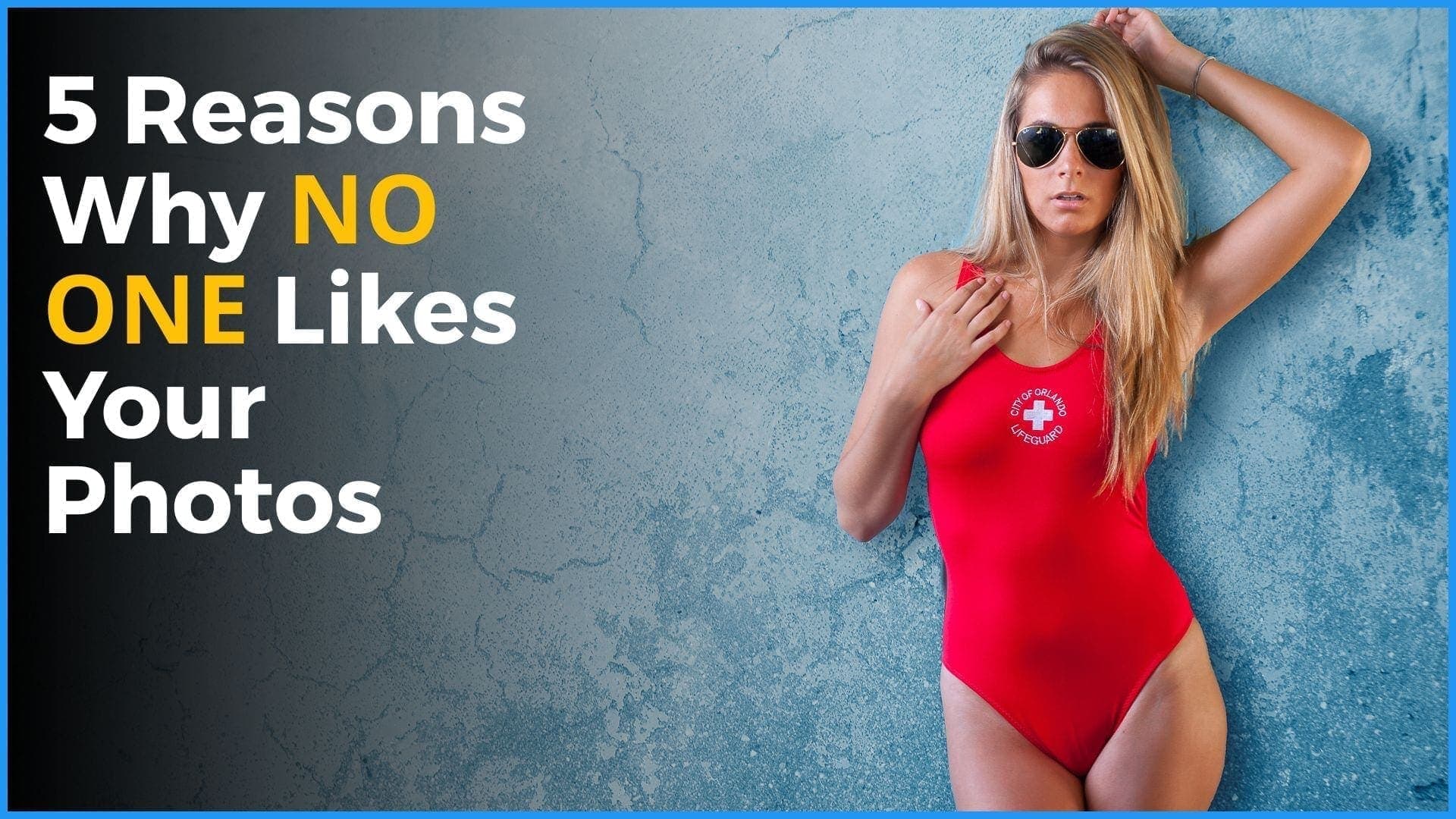

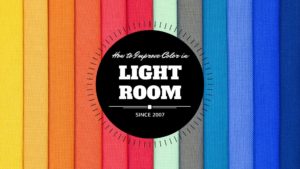
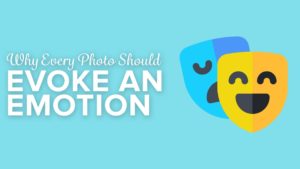
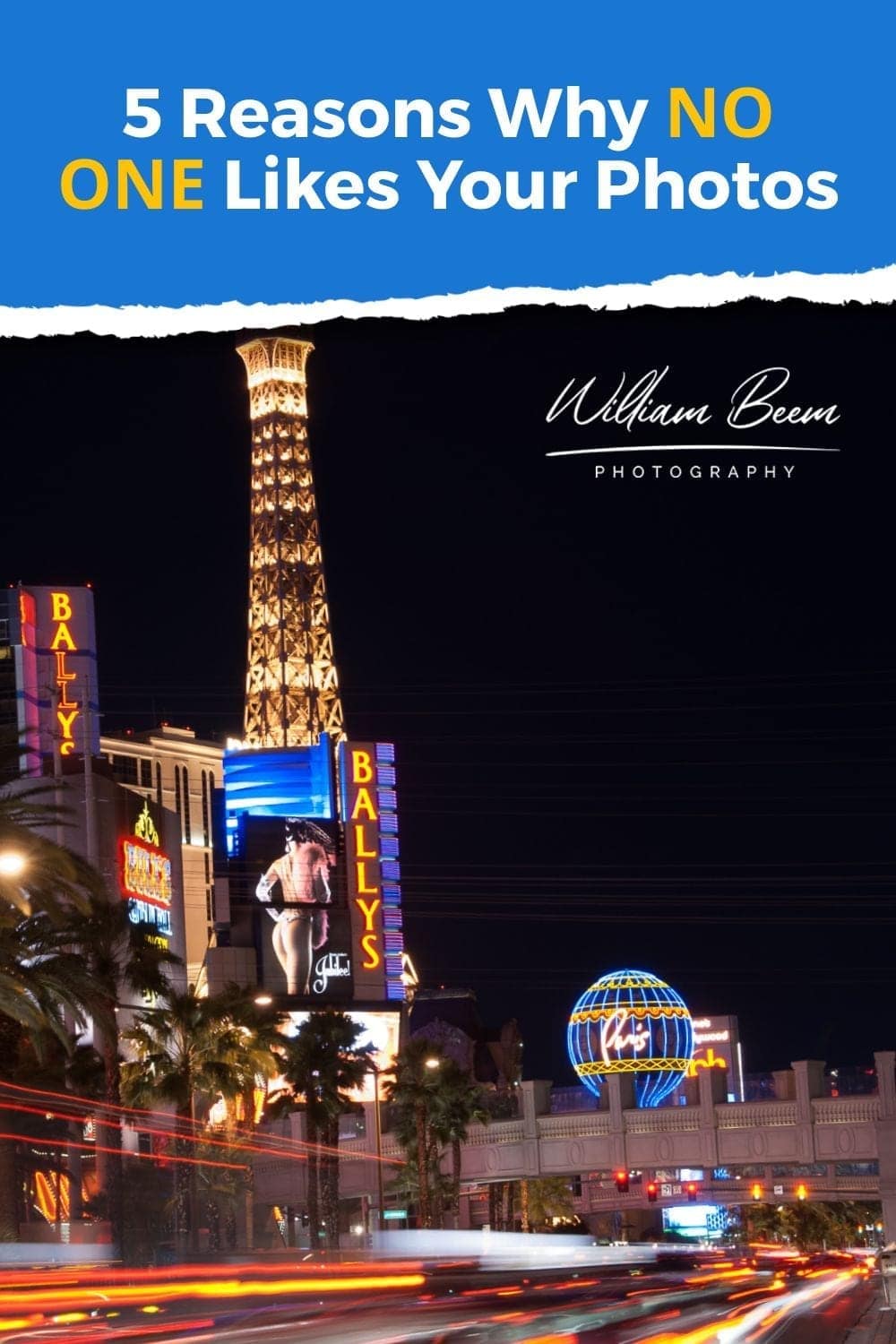
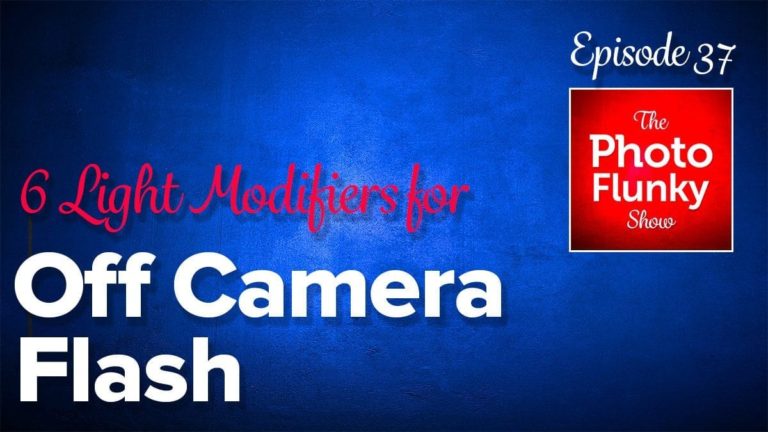
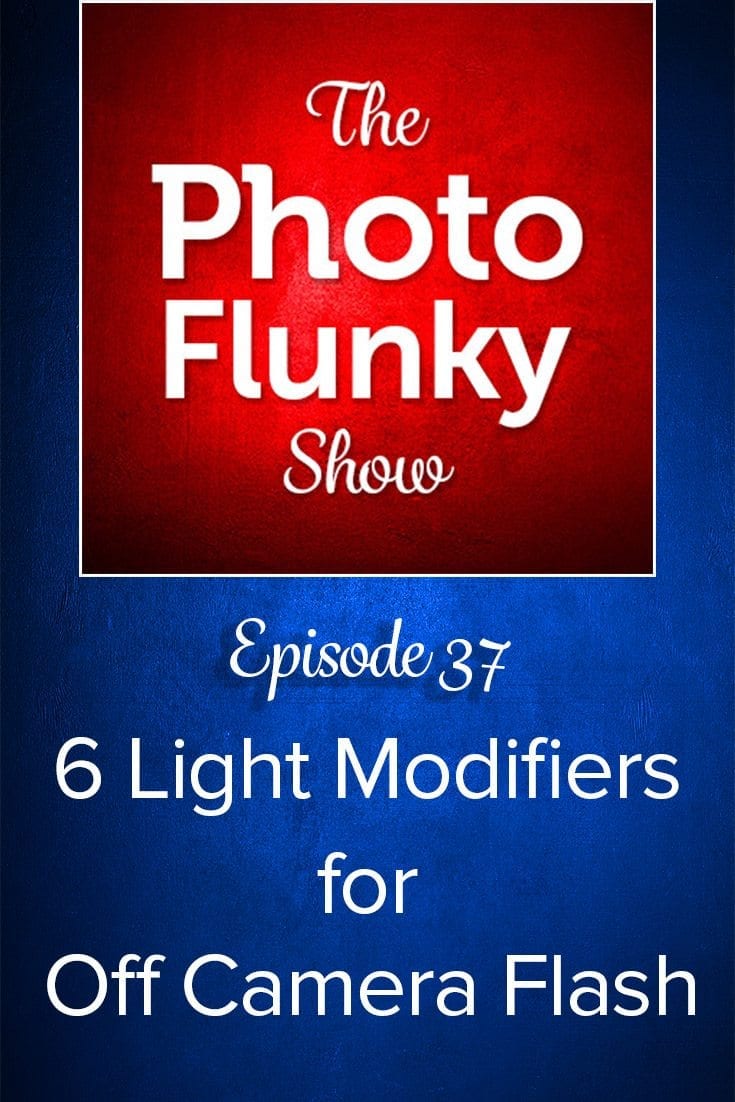



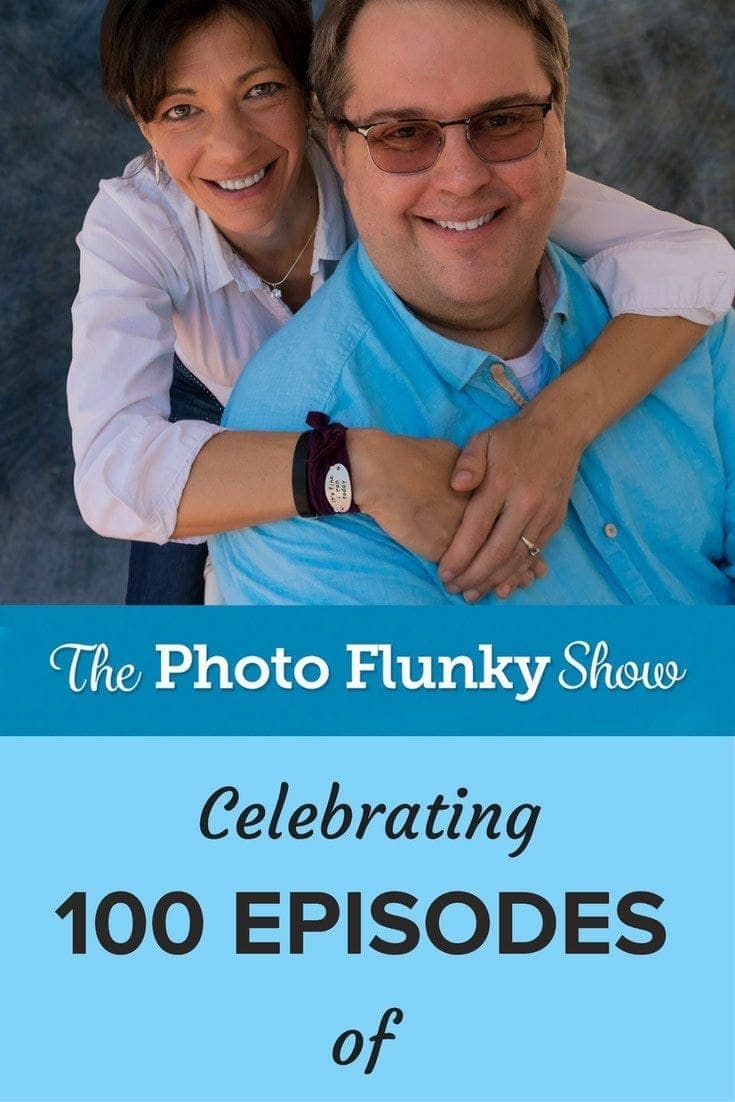
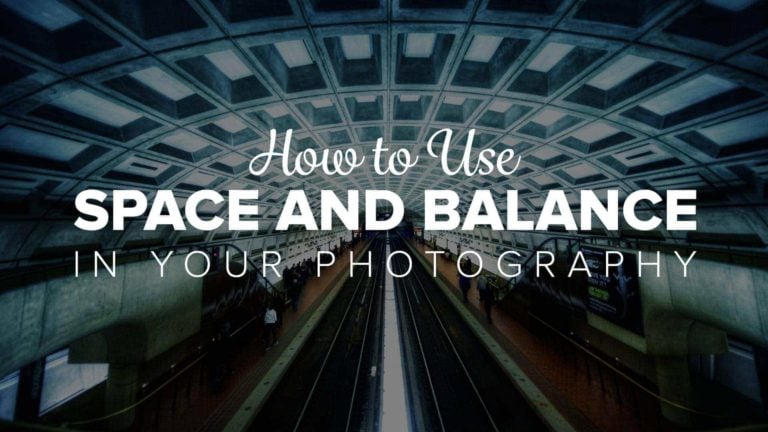
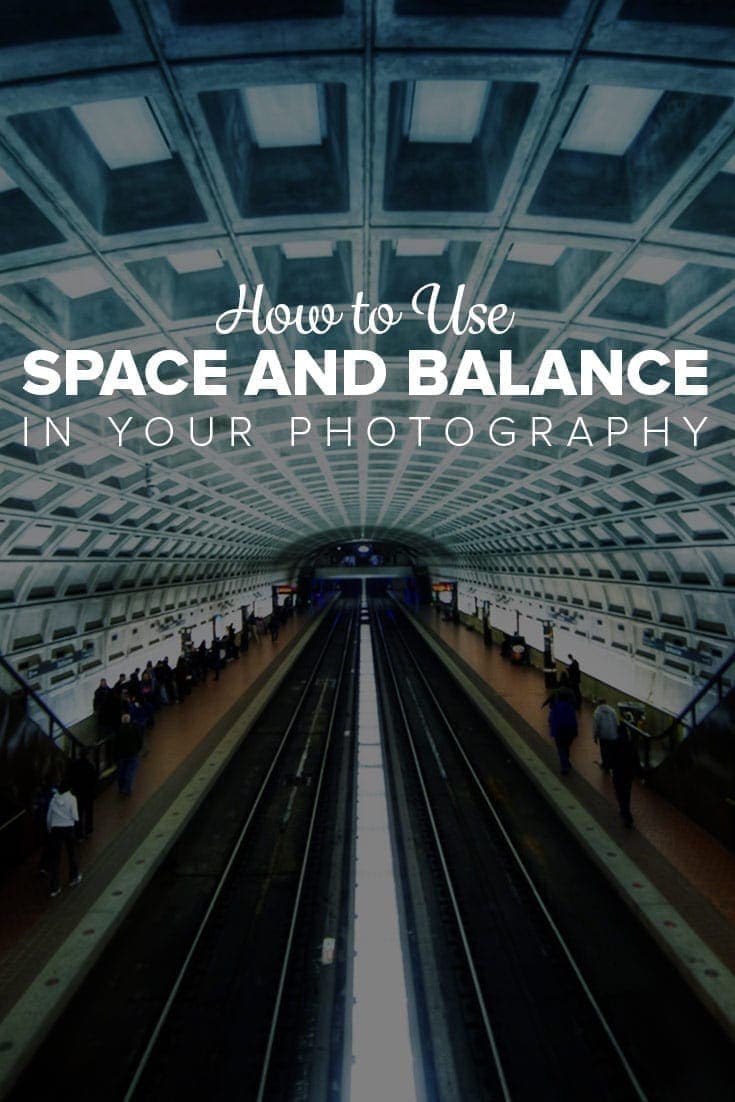


William – enjoy your emails, blogs etc.
I am seriously considering Luminar AI to use as plug in with LR and PSD. I assume this is possible is when I download Luminar AI. Will also want your class on Luminar AI once I get the receipt. As a longtime LR & PSD user, your class will assist me in getting up to speed with AI quicker than I can on my own.
Thanks
Jim
Greenville, SC